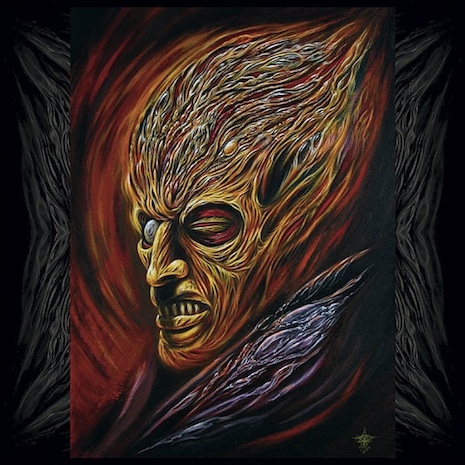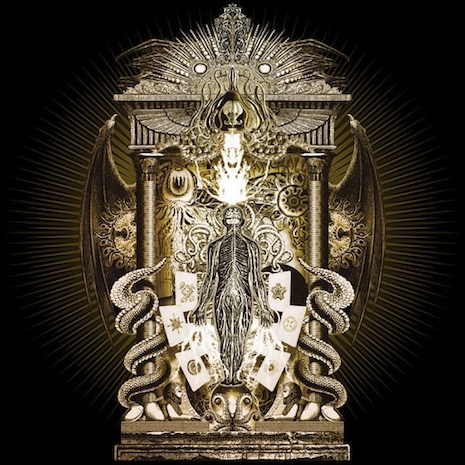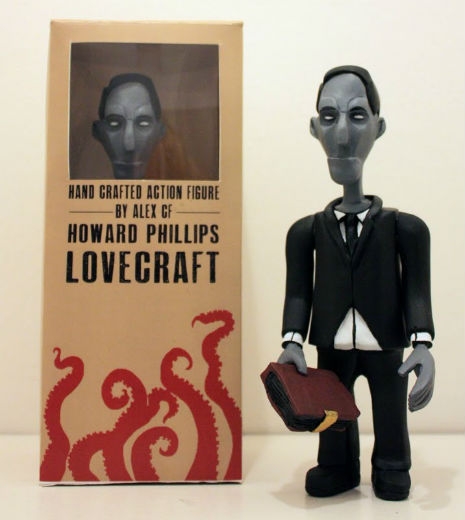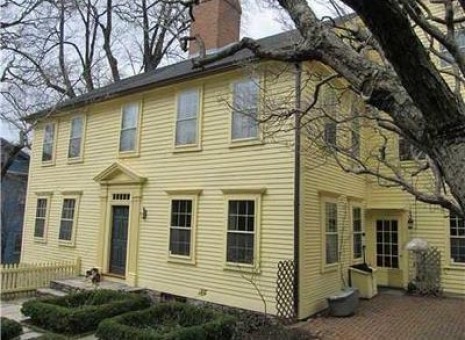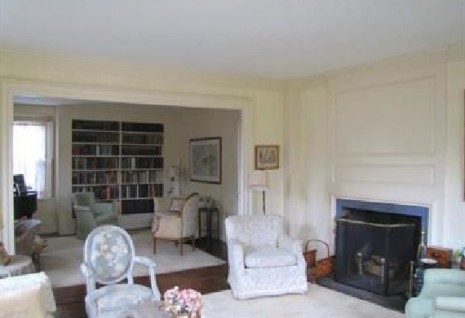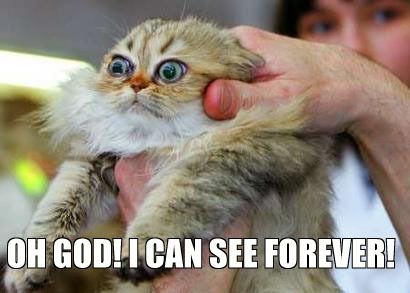
Of an October evening, as I prep the house for All Hallow’s Eve—water the pumpkin patch and marinade the eyes of newts—I take great comfort in listening to those wonderfully ghoulish tales of horror as told by the likes of Vincent Price or Boris Karloff on the old gramophone. Most recently, I have been attuned to the stories of H. P. Lovecraft as narrated by Roddy McDowall.
Roddy McDowall? The child star of Lassie Come Home and My Friend Flicka? Hardly a name one would associate with the master of the unnameable H. P. Lovecraft.
In his later years, McDowall did star in some jolly decent horror movies like The Legend of Hell House and Fright Night. But in 1966 when he recorded these two readings of Lovecraft’s “The Outsider” and “The Hound,” he was still best known for films like That Darn Cat! or Lord Love a Duck or the stage musical Camelot.
Yet, McDowall is almost a perfect choice to give life to Lovecraft’s words. Though he is not sinister, his light boyish charm seems to fit with the weird and reclusive Lovecraft. His intonation causes a growing disquiet and a dreadful sense of unease. If these stories had been read by Vincent Price or Boris Karloff, we would know what to expect. With McDowall we don’t. Only the nature of the stories alerts expectation.
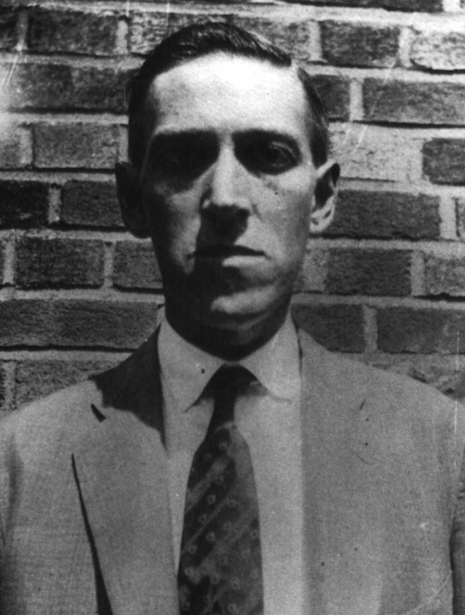
Lovecraft published his eerie fiction in magazines like Weird Tales and Astounding Stories. He only had one book The Shadow Over Innsmouth published during his lifetime. He died young, at the age of 46, and it was only through the dedication of his family, friends and admirers like August Derleth that his work gained the attention and success it richly deserved.
“The Outsider” is one of Lovecraft’s best known tales. It has been adapted for radio and television and included in numerous anthologies. The story owes much to the writing of Edgar Allan Poe. Lovecraft described the story as representing his “literal though unconscious imitation of Poe at its very height.”
“The Hound” deals with ghoulish grave robbing and contains the first mention of Lovecraft’s famous fictional text the “forbidden Necronomicon of the mad Arab Abdul Alhazred.” Though there are elements of M. R. James here, the story owes more to Huysmans’ A rebours. McDowall’s reading of this tale is particularly effective.
Previously on Dangerous Minds:
Boris Karloff & Roddy McDowall go batshit crazy in this wild 50s TV version of ‘Heart of Darkness’
Roddy McDowall: Hollywood Home Movies from 1965
‘Planet of the Apes’: A behind-the-scenes home movie of the 1968 classic film
Ghouls, H.P. Lovecraft & beyond the beyond: The deeply creepy creations of artist John Holmes
For H. P. Lovecraft’s birthday: Mark E. Smith reads ‘The Color Out of Space’
For your HP Lovecraft-themed Thanksgiving: The Cthurkey, octopus-stuffed turkey with crab legs
A Lovecraft Retrospective: Artists Inspired by H.P. Lovecraft
H. P. Lovecraft action figure
I squid you not: H.P. Lovecraft inspired tentacle dildos are a thing
H.P. Lovecraft HATED T.S. Eliot
Nightmarish sculptures of H.P. Lovecraft’s terrifying cosmic entities








